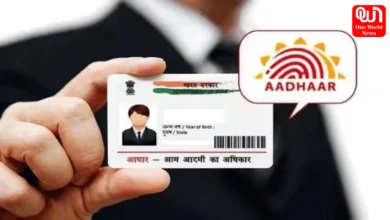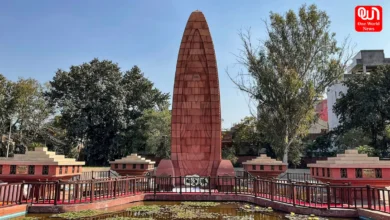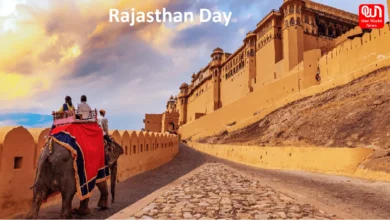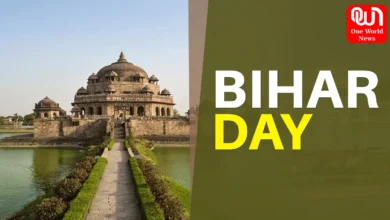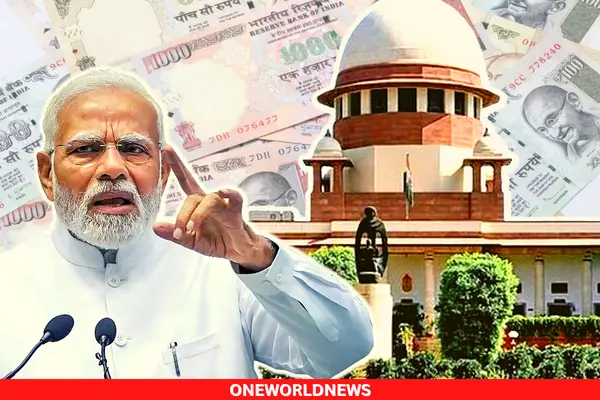
The Supreme Court bench said that the 2016 demonetization decision was free from any legal or procedural errors and was not affected by the proportionality theory
On Monday, the Supreme Court gave the verdict on several petitions opposing the government’s decision to ban the Rs. 500 and Rs. 1,000 notes in November 2016. The Supreme Court upheld that Noteban was valid and satisfied the test of proportionality.
Seven years ago, on November 8, 2016, the Government of India announced the demonetization of all banknotes of Rs 500 and Rs 1,000 as a step against the accumulation and circulation of domestic black money.
On November 8, 2016, in his televised address to the nation, Prime Minister Narendra Modi declared that the two currencies would become “simply useless pieces of paper” with immediate effect. He then introduced new notes of Rs 2,000 and Rs 500 for widespread use.
The Opposition has criticized the BJP government throughout the years, labelling the decision a “failure,” even though many have praised it as a “bold” action.
Over the past seven years, leaders of the opposition parties have organized several protests against the “damage” the action has allegedly done to the nation’s economy.
In 2016, there was a shortage of money due to the abrupt withdrawal of notes, and there were huge lines outside banks. According to reports, some 115 people passed away while waiting in a queue to withdraw money from their bank accounts. Additionally, it was said that the new Rs. 500 and Rs. 2000 banknotes circulated slowly.
The economy had been shaken, with demand decreasing, enterprises going through a crisis, and GDP growth declining by about 1%. Many small units were severely impacted and reported significant losses nine months later.
As a representative of himself, SA Nazeer, AS Bopanna, and V Ramasubramanian, Justice BR Gavai gave the majority verdict. BV Nagarathna, a judge, wrote a dissenting opinion on Monday.
Justice Gavai, who delivered the majority judgement, stated that the 2016 demonetization decision was free from any legal or procedural errors and was not affected by the proportionality theory. According to the judgement, the records presented to the court demonstrated that the Centre and the Reserve Bank of India (RBI) had enough consultations before the decision was made. Because the proposal came from the government and not the RBI as required by the RBI Act, it was stated that the action could not be deemed illegal.
The majority finding endorsed the Centre’s November 8, 2016 announcement and emphasized that judicial participation in economic policy concerns is minimal and that “great prudence” is needed before interfering with any such policy decision.
The jury found that the 52-day time limit for exchanging demonetized currency was “fair”. It cited an earlier ruling from the 1980s that upheld the 1978 demonetization order with an eight-day widow for exchanging bank notes.
According to Justice Gavai, it is more significant that a policy decision is compliant with the law and that the objective it seeks to achieve is reasonable rather than whether it can achieve its goal.
The decision was deemed “illegal” by Justice Nagarathna because it contravened both legal and procedural standards. She claimed that only legislation, not an executive order, could implement demonetization.
“In my view, the power of the central government, being vast, has to be exercised through plenary legislation rather than by executive action by the issuance of notification. It is necessary that Parliament, which consists of the representatives of the people of the country, discusses the matter and thereafter approves the matter,” she said.
The judge said the proposal originated from the Centre while the RBI’s opinion was sought, and such an opinion given by the central bank cannot be construed as a “recommendation” under section 26(2) of the RBI Act.
“Parliament is often referred to as a nation in miniature. It is the basis of democracy. Parliament provides representation to the people of the country and makes their voices heard. Without Parliament, democracy cannot thrive. Parliament, which is the Centre of democracy, cannot be left aloof in a matter of such critical importance,” she said.
In her minority verdict, Justice Nagarathna held that the demonetization of the Rs 500 and Rs 1,000 currency notes was vitiated and unlawful.
The apex court, in a 4:1 majority verdict, upheld the government’s 2016 decision to demonetize the Rs 1,000 and Rs 500 denomination notes, saying the decision-making process was not flawed.
According to the Centre, the removal of the legal tender status was one of the critical steps in the improved formalization of the economy, which aims to increase prospects for the millions of people who live on the fringes of the economy.
The central board of the RBI issued a particular recommendation for demonetization. Also, it provided a model scheme for its implementation in compliance with the RBI Act, according to the government, concerning the method used to declare banknotes of the denominations of 500 and 1,000 invalid tender.
“The withdrawal of legal tender character of a significant portion of total currency value was a well-considered decision. It was taken after extensive consultation with the RBI and advanced preparations… All possible measures were taken to mitigate inconvenience to the public and reduce the disruption of economic activities,” it said.
Read more: In Pictures: Women at the Frontlines of international protests in 2022
Many experts have cited Demonetization and the Goods and Services Tax (GST) as the causes of the slowdown in the economy. In November 2018, at a public event, former RBI governor Raghuram Rajan said: “The two successive shocks of demonetization and the GST had a serious impact on growth in India.”
In its affidavit, the RBI defended the action, arguing that since the decision was made in the “national economic interest,” the inconvenience to the people could not be used as a justification for contesting the legality of demonetization.
It further stated that all rules were correctly followed and that the decision-making process was perfect. “The activities in question were not, as claimed, arbitrarily or capriciously taken. According to RBI’s affidavit, these were simple actions carried out in good faith to achieve a legal goal.
In December 2016, a three-judge bench referred the case to the more extensive court after posing nine questions. These included inquiries into whether the demonetization infringed on equality, property, life and liberty, and the freedom to practise one’s trade or profession.
Along with assessing whether the system was fair, it also sought to examine the constitutionality of the demonetization notification under the 1934 Act’s anvils.

